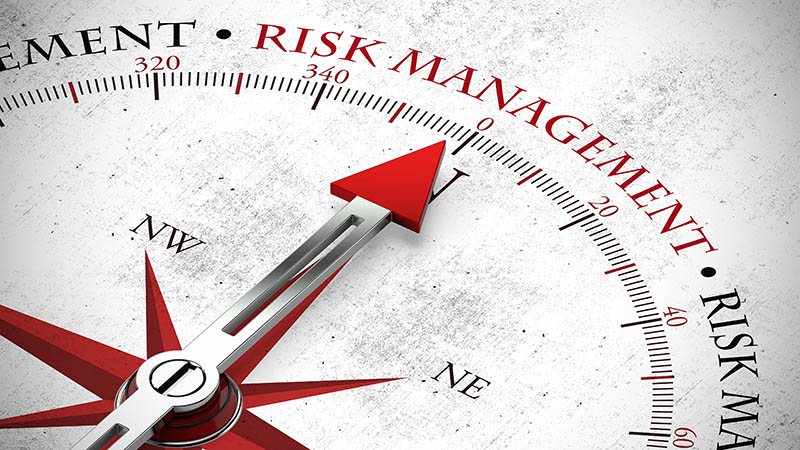[ad_1]
While risk is an inherent part of all investing, there are steps that can be taken to minimise the chances of a worst-case scenario.
With any investment you have to take a bit of risk, whether it is the share market, property market or betting it all on black.
That fear of taking on risk is what holds many people back from investing.
But it shouldn’t.
While you can’t remove the risk, you can certainly take a few simple steps to mitigate and manage it, and it might even help you sleep better at night.
Buy the right property
It sounds obvious but believe me this is something many first-time investors get wrong. You need to buy the right property in the right location to give yourself the best chance of it increasing in value.
Unfortunately, too many investors start out buying with their hearts and not their heads. Don’t forget, this is not a home you are going to live in, it is a property you are going to rent out.
Don’t look at suburbs you want to live in, pick something in a suburb that has annual population growth of between 6 per cent and 10 per cent, this helps ensure there is sufficient demand for property.
Protect cash flow
Good investments provide better returns the longer you hold them, because the growth compounds (this is Warren Buffett’s secret sauce).
The thing about compound growth is that you have to be careful not to interrupt that compound growth by being forced to sell the investment prematurely.
The best way to reduce this risk is buying property that has strong and predictable cash flow. Try to ensure your rent covers all your expenses. That currently works out to be a rental yield of about three to four per cent.
Another step you could take is to build new; the depreciation benefits give you even more cash flow and at the same time helps to minimise maintenance costs and attract good tenants.
Pay the experts
One of the keys to reducing risk is to assemble the right team. While you should educate yourself about investing, its unreasonable to expect that you will have all the answers.
Your team should include:
Mentor – Find someone who has achieved what you want to achieve and ask them to be a sounding board for you. If possible, make sure they share the same values as you.
Broker – You need someone who can help you set up the right structures, find you the right lender and provide guidance over time. It is important you find a professional with experience who stays up to date with what is going on in the market and looks out for your interests.
Property manager – Potentially one of the biggest mistakes is trying to save a few dollars self-managing properties. It can end up costing dearly.
Managing a property can take a lot of time and effort and is best left in the hands of a qualified professional, plus property management fees are a tax deduction.
Your property manager will collect the rent every week but they’ll also make sure you get the right tenant.
They’ll do all the checks and balances to make sure they mitigate the risks and find a tenant who will pay their rent on time and not damage your property.
Property managers typically charge between 6 per cent and 8 per cent of rent, which is tax deductible, and this could be the best investment you make to reduce the risk of property investment.
Accountant – An experienced property accountant can save you thousands by knowing exactly what you can claim as a tax deduction.
Investing is a team sport. Don’t be afraid to pay a little extra for a good team.
You can assemble a great team and pick the right property but still find yourself at risk through factors outside your control.
Covering all bases
What do you do if your tenant moves out suddenly, or interest rates go up? What if they damage the property and don’t pay their rent?
To some extent you need to be able to hold your ground in a crisis until the pressure subsides and there is plenty you can do to prepare yourself for this.
Make sure you have a good financial buffer. I advise saving three months’ worth of interest and holding costs, so that includes things like rates and water bills, for each property you own.
It’s essential you take out insurance, including landlord insurance, so if something does go wrong you are covered.
Make sure the rent in an affordable area is at or below 30 per cent of the median household income.
Some developers offer rental guarantees on their properties. Essentially it means they will pay the rent on the investment property for a period of time, sometimes up to a year, if you don’t find a tenant straight away.
This gives you time to build up your savings buffer even further while you are looking for a tenant.
While generally any interest rates increase can be offset by rent increases, a rule of thumb is to ensure that, even with interest rates going up by two per cent, the cost of maintaining your investment property is less than 10 per cent of your take home pay so you can cover any downside.
[ad_2]
Source link

